The Skin of Painting
James Bishop, Antonio Calderara, Joseph Egan, Richard Francisco, Robert Mangold, Sylvia Plimack-Mangold, Jerry Zeniuk, Sol LeWitt
Placing the paintings of this exhibition in a context of correlations and references would belie the intention of the exhibition, which also informs the decision to forego a list of artists. The exhibition title draws attention to the fact that overlooking is a factor of looking and seeing, that what is actually there often fails to get a word in edgewise and the interpretation sets in on a level that invisibilizes the experiencable presence of the painterly properties of the artifact through disregard and non-observance, unless the color matter blaringly calls attention to itself.
With its featured works, however, our exhibition by no means intends to illustrate the superficial orchestration of color and application of paint, or even the process of painting. The much more mysterious epidermis, the boundary between body and world, is the aim. A curious corporeal analogism has accompanied the Western painterly tradition as the skin of painting, traces of which remain evident up to the present. The surfaces of paintings embody division and unity of touch and untouchability, of the intelligible and the sensible, of intellect and sensuality. These contrasts mirror an overpowering topos of the dualistic tradition of Western philosophy, namely the opposition of intellect and sensuality.
The diverse properties of pictorial surfaces lent these expressive power and intrinsic value from the nineteenth century up through the modernist era. The closure or openness, brittleness or suppleness, transparency or density of the painted surfaces are an important and integrated element of the aesthetic function (Jan MukaÅ?ovský) and the perceptual structure offered by the works.
Around 1960, a moderate foreboding of a radical change in image production began to become evident. The silkscreen was still utilized by a number of artists in the context of painterly diction. With the use of photographic techniques in the production of artifacts and later with the application of digital technologies, the paintings have increasingly lost their discrete and self-accordant skin. This dramatic loss of essence and presence of the artifact moreover leads to a disregard of a quality which nothing else has managed to outweigh and yet is nevertheless classified in the current art discourse as an anachronistic remnant and scarcely given any consideration.
The paintings in our exhibition show that any talk of an obituary for an outmoded cultural good which has lost its raison d’être is much too premature. The conveyance of the value and comprehensibility of our theme can hardly be overestimated, as the body of paintings from throughout art history does not consist of immaterial signs and signals, but of “aesthetic objects which become concrete and undergo their individual realization in the consciousness of the receiving subject.” (Jan Mukařovský)
Installation views

Installation view room 4
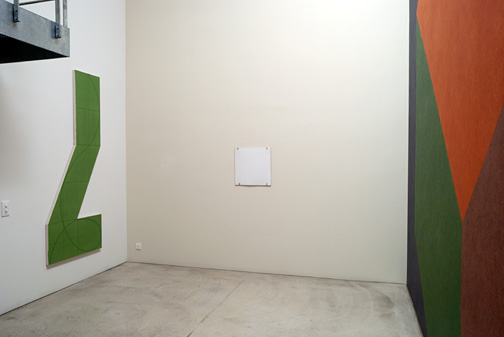
Installation view room 1
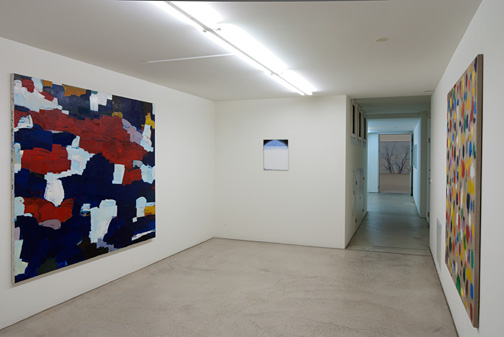
Installation view room 2
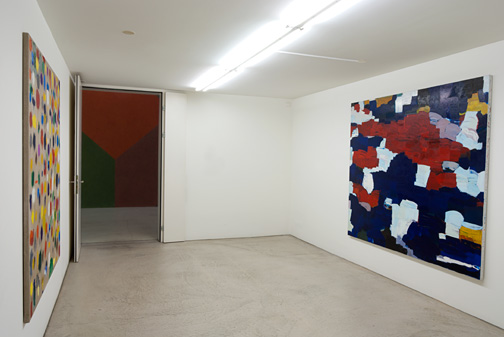
Installation view room 2
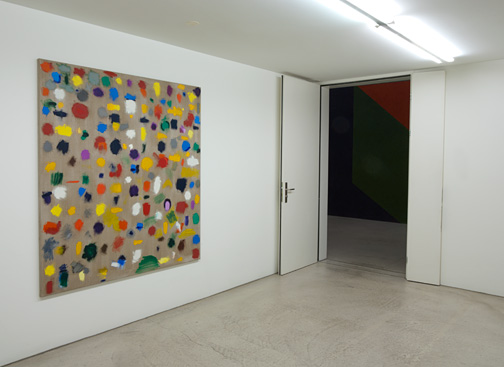
Installation view room 2
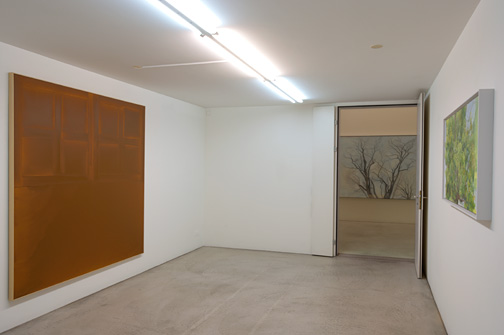
Installation view room 3
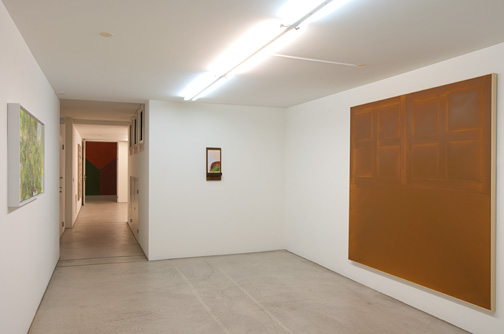
Installation view room 3
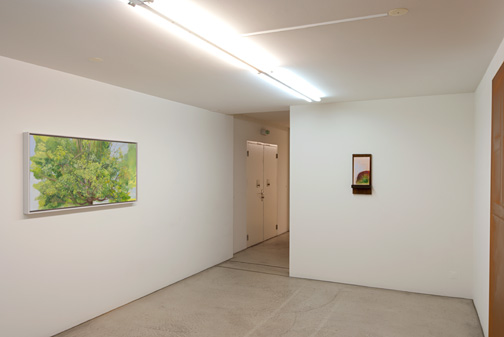
Installation view room 3
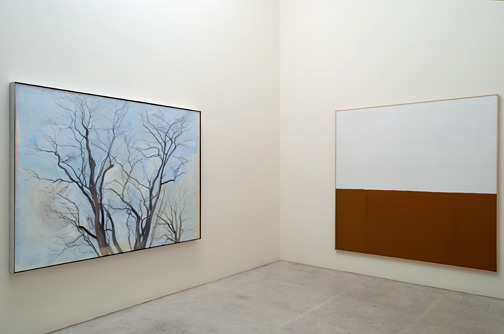
Installation view room 4
Works
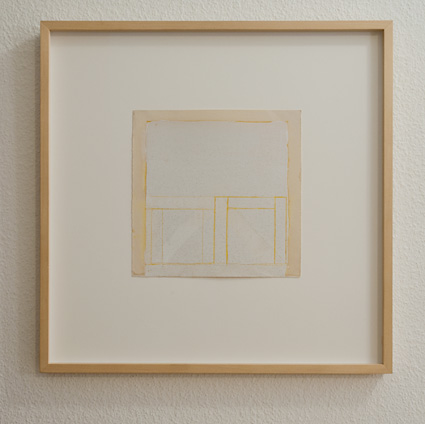
James Bishop
Untitled
2007
20.1 x 20.3 cm
oil and crayon on paper
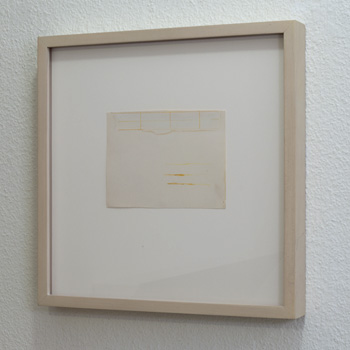
James Bishop
Untitled
ca. 1970
11.2 x 15.3 cm
oil and crayon on paper
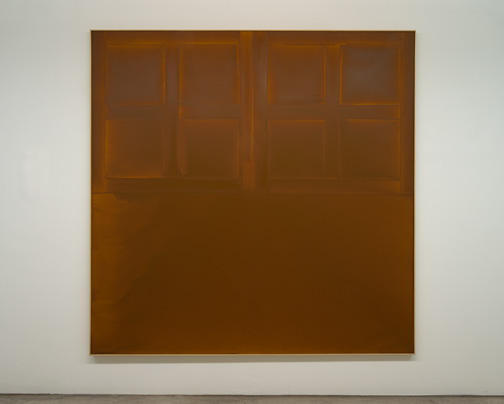
James Bishop
State
1972
182.7 x 183 cm
oil on canvas
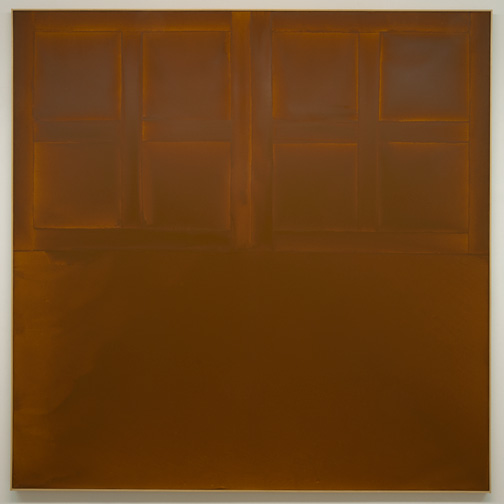
James Bishop
State
1972
182.7 x 183 cm
oil on canvas
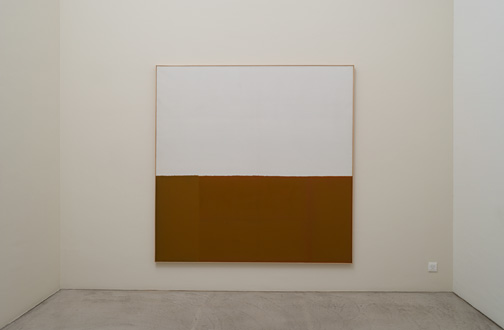
James Bishop
Untitled (Bank)
1974
195 x 195 cm
oil on canvas
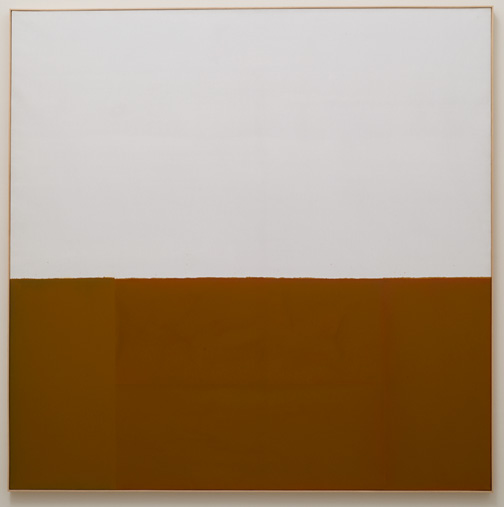
James Bishop
Untitled (Bank)
1974
195 x 195 cm
oil on canvas
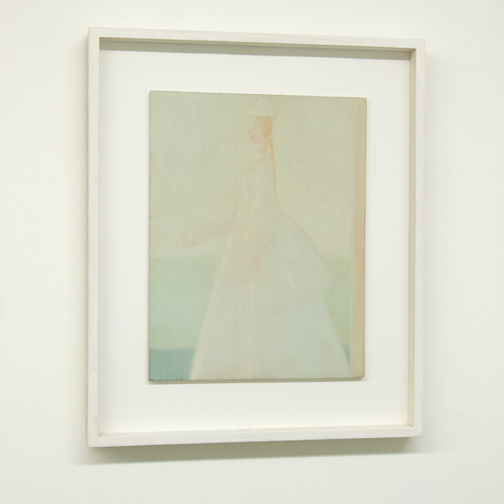
Antonio Calderara
Romantica (La Sposa)
1958
35 x 27 cm
Oel auf Holztafel
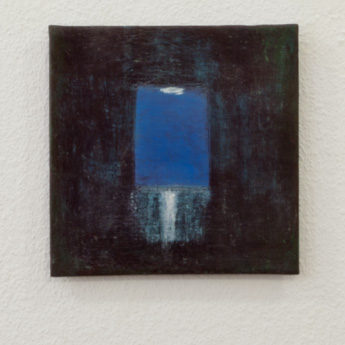
Joseph Egan
man in the moon
2013
20 x 20 x 1 cm
various paints on canvasboard
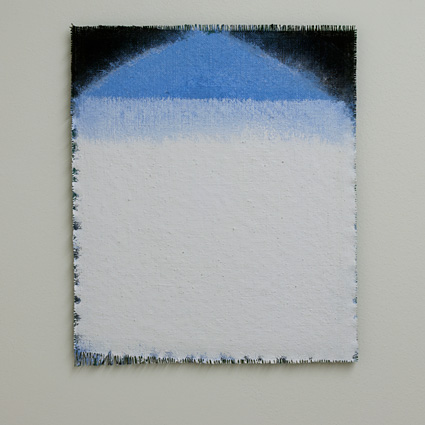
Joseph Egan
on Hydra (Nr. 3)
2013
49 x 41 x 1 cm
various paints on canvas with wood supports
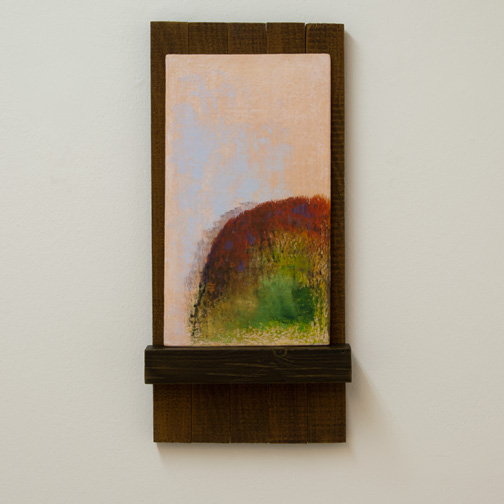
Joseph Egan
a little farther
2012
50 x 24 x 7 cm
painted wood and various paints and sand on panel
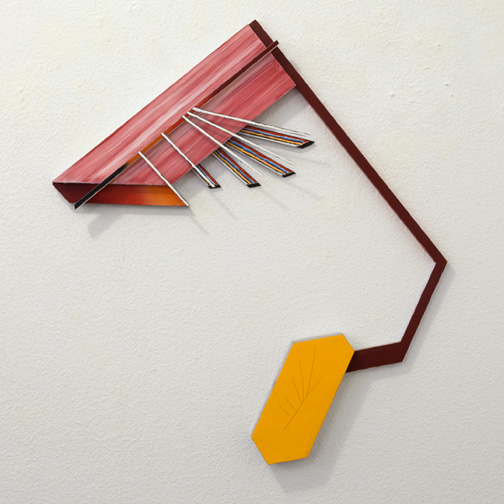
Richard Francisco
Applauding Shrimp #2
1980
Enamel, acrylic and gouache on wood construction
48.9 x 35.6 x 5.1 cm
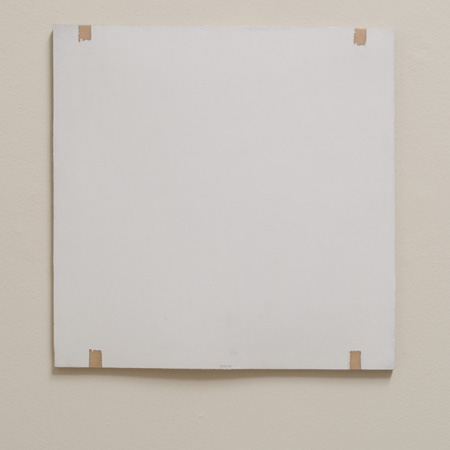
Robert Ryman
Untitled
1969
50.8 x 50.8 cm
Acrylic polymer on fiberglass mounted on featherboard
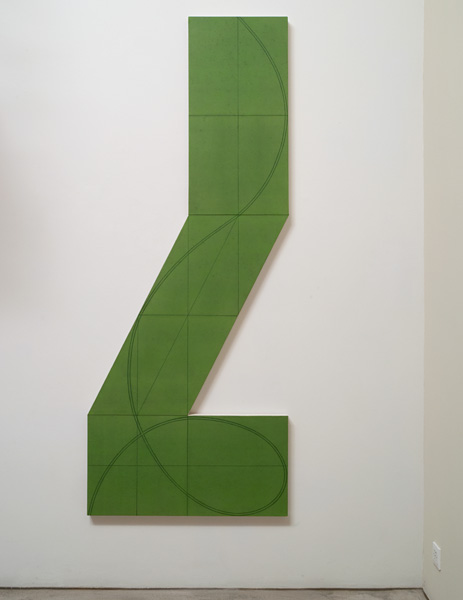
Robert Mangold
Column Structure XXIIIA
2008
228 x 91.5 cm
acrylic and pencil on canvas
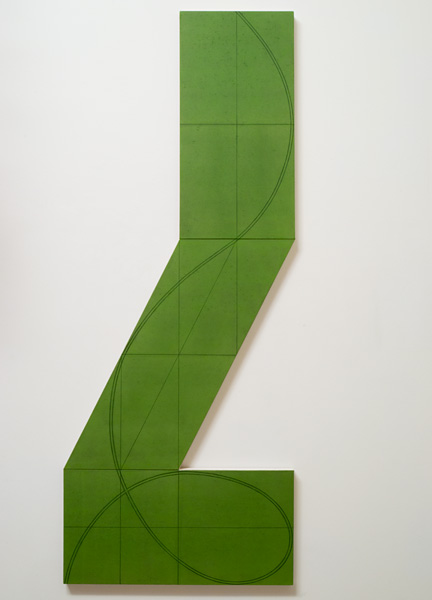
Robert Mangold
Column Structure XXIIIA
2008
228 x 91.5 cm
acrylic and pencil on canvas
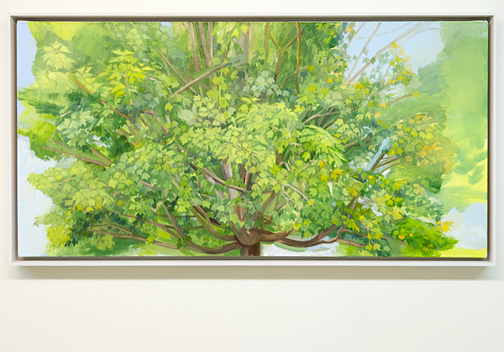
Sylvia Plimack Mangold
Summer Maple 2009
2009
62.2 x 122 cm
Oil on linen
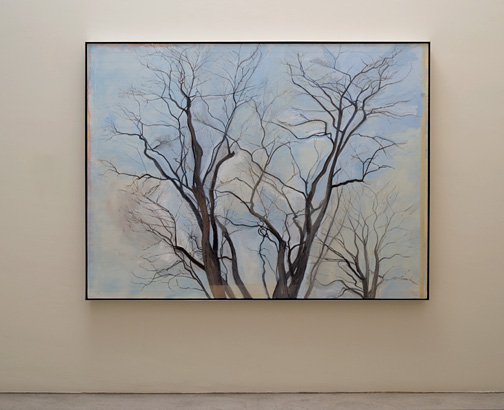
Sylvia Plimack Mangold
The Locust Trees
1988
152.4 x 203.2 cm
oil on linen
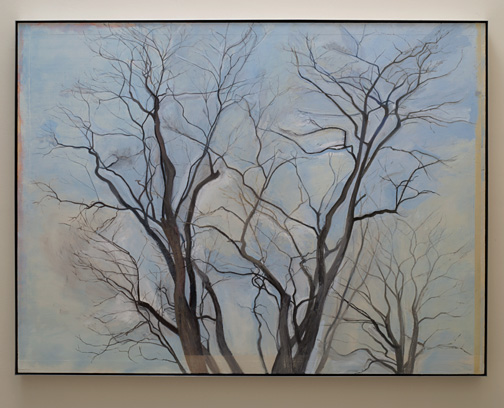
Sylvia Plimack Mangold
The Locust Trees
1988
152.4 x 203.2 cm
oil on linen
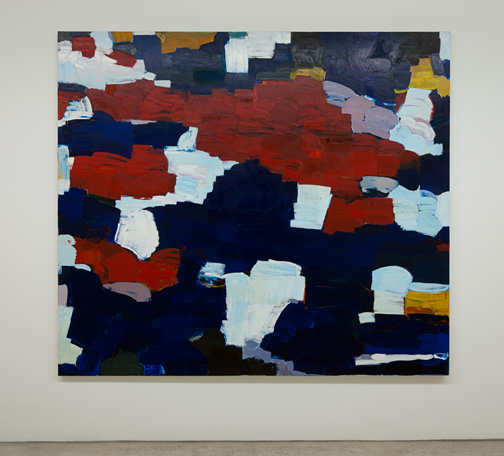
Jerry Zeniuk
Untitled Nr. 115 NYC
1987/1988
170 x 193 cm
Oil on canvas
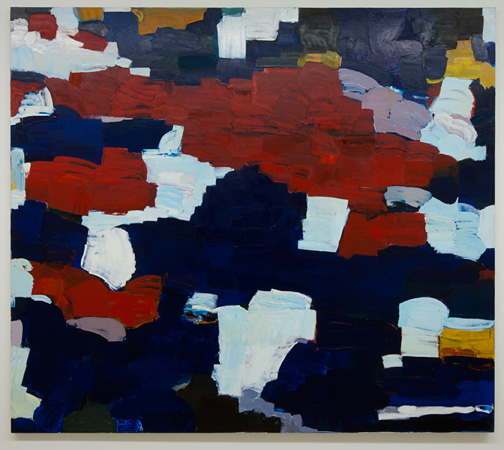
Jerry Zeniuk
Untitled Nr. 115 NYC
1987/1988
170 x 193 cm
Oil on canvas
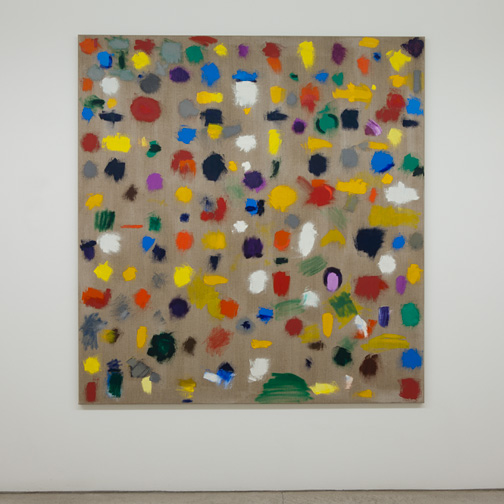
Jerry Zeniuk
Untitled Nr. 247
2002
160 x 152 cm
oil on canvas
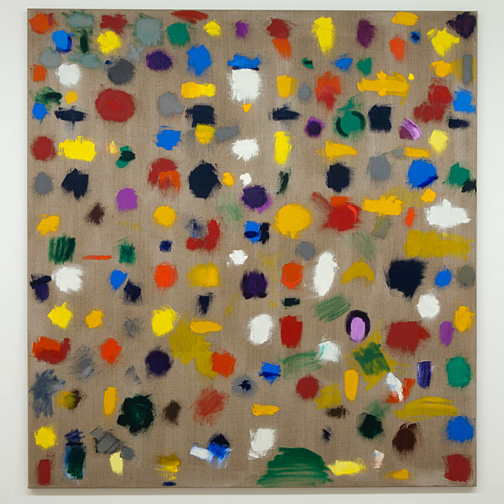
Jerry Zeniuk
Untitled Nr. 247
2002
160 x 152 cm
oil on canvas
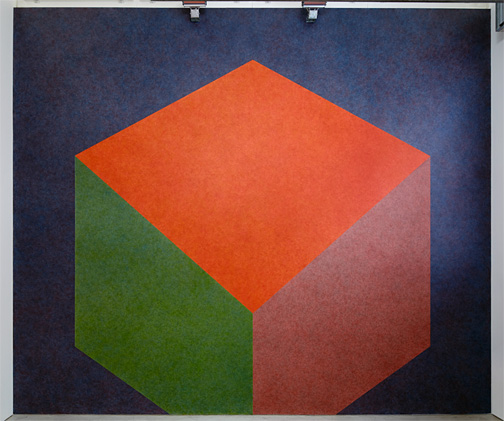
Sol LeWitt
Tilted Form with color ink washes superimposed
1987
Wall Drawing #524
Drawn by Nicolai Angelov
Photo: Thomas Cugini, Zürich
New
Exhibition
Dan Flavin (1933–1996) and Will Insley (1929–2011)
March 6 to April 26, 2024
New publications
James Bishop
James Bishop
Publisher: ER Publishing, Edited by Molly Warnock
Joseph Egan
Joseph Egan and Anton Himstedt: Common Ground
Publisher: Josef Albers Museum Quadrat Bottrop, Ulrike Growe
Exhibitions / Insight
INSIGHT #3 spotlights the graphic work of Fred Sandback through three examples from 1974 and 1982.
Joseph Egan, Ptolemäus: Die Welt im Griff? Antike Kartographie und zeitgenössische Kunst, Kunsthaus Grenchen
3. März bis 26. Mai 2024
Dan Flavin, Widmungen aus Licht, Kunstmuseum Basel
2. März bis 18. August 2024
Rita McBride, Momentum,
Dia Beacon, Beacon, NY,
July 1, 2023 to January 2025
Fred Sandback, Kurt Büsser ermöglicht... Erich Buchholz und Fred Sandback, Museum Wiesbaden
19. Januar bis 14. April 2024
Sol LeWitt (1928–2007)
A Wall Drawing Retrospective
Yale University Art Gallery and Williams College Museum of Art
November 16, 2008 – 2033

